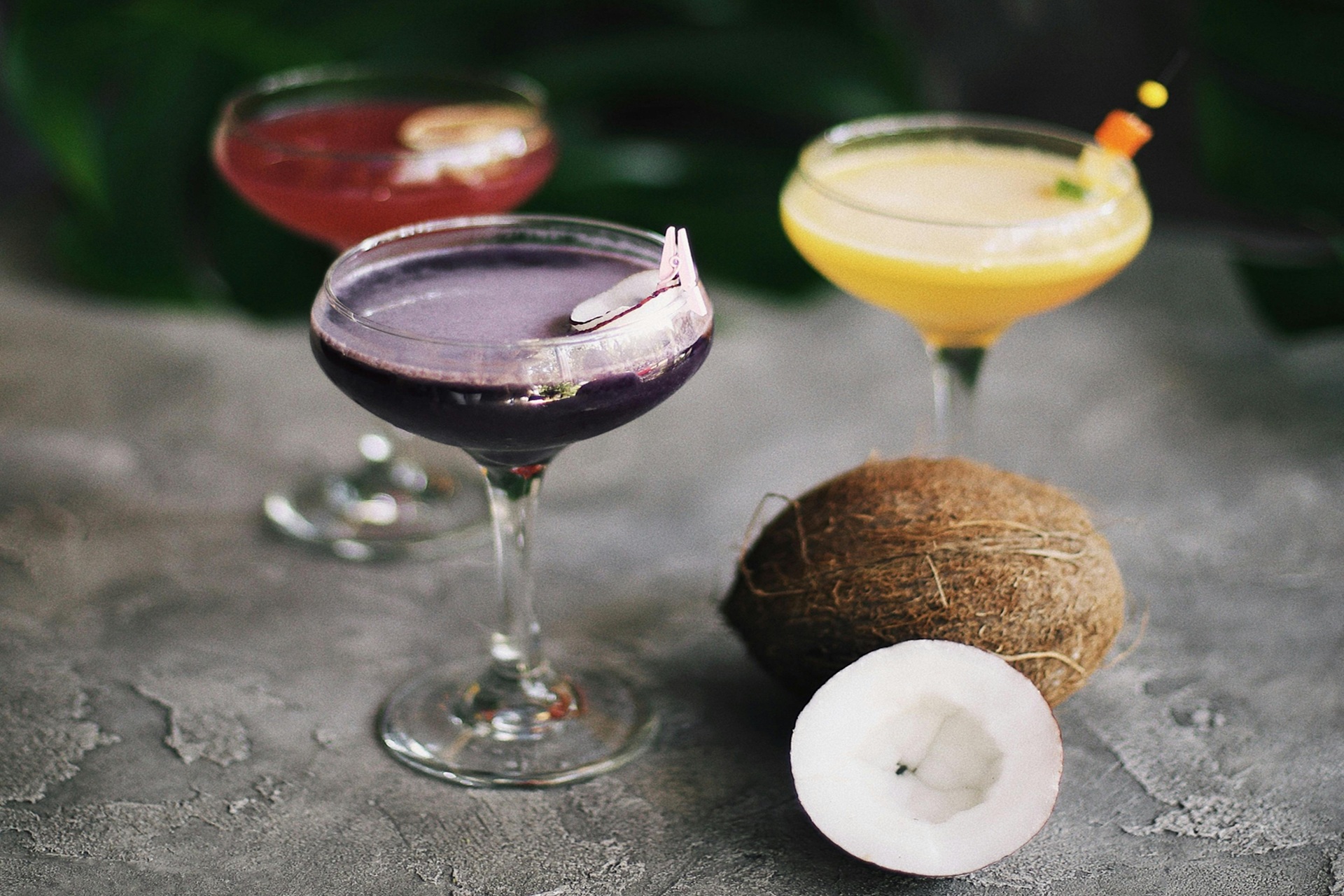What is Nata de Coco? Nata de coco is a jelly-like food product made through the microbial fermentation of coconut water using acetic acid bacteria. Contrary to common belief, it is not derived from coconut meat, milk, or cream. Instead, it is a resilient, chewy, and translucent gel primarily used in bubble tea, desserts, frozen treats, and functional foods.

Photo by https://images.pexels.com/photos/11913648/pexels-photo-11913648.jpeg
The Production Process: From Coconut Water to Bacterial Cellulose
The key to nata de coco lies in the production of bacterial cellulose (BC). Its manufacturing involves several stages:
Ingredient Innovation & Health Focus:
- Coconut water or concentrated coconut water is used as the base.
- Sugar, nitrogen sources, and nutrients are added, and the pH is adjusted to 4–5 to optimize bacterial growth.
Fermentation:
- Specific strains of acetic acid bacteria (e.g., Komagataeibacter xylinus) are inoculated.
- Fermentation occurs under static or intermittent stirring conditions for 7–14 days, forming a white, jelly-like cellulose layer on the surface.
Washing and Cutting:
- After fermentation, the cellulose membrane is washed multiple times to remove acidic odors and off-flavors.
- It is then cut into cubes or strips for further use.
Flavoring and Sterilization:
- The nata de coco is flavored with sugar syrup, natural or artificial flavorings, and colorings as required.
- It is vacuum-packed and sterilized at high temperatures to ensure shelf stability and food safety across a wide range of applications.
Nutritional Composition and Health Benefits
The nutritional value of nata de coco is closely tied to its fermentation process. Key features include:
- Dietary Fiber:Primarily composed of bacterial cellulose, aiding digestion and promoting satiety.
- Low in Calories:Contains minimal fat and protein with trace amounts of carbohydrates.
- Cholesterol-Free:Plant-based and suitable for various dietary regimens.
- Customizable Functional Additions:Vitamins, probiotics, or collagen can be added for beauty or weight-management products.
Texture Engineering & Flavor Innovations
Modern nata de coco products focus on sensory appeal, including chewiness, color, and taste variety.
Texture Customization:
- Adjusting fermentation duration, temperature, and sugar concentration affects its elasticity and moisture content.
- Can be engineered for a “gel-like,” “crisp-chewy,” or “fruit-bit” mouthfeel.
Popular Flavors:
- Original (sugar syrup), pineapple, passion fruit, lychee, grape, mango, green apple, and more.
- Can be blended with natural juices to create layered flavor experiences.
Color Integration:
- Uses natural pigments (e.g., beetroot, beta-carotene) or food-grade colorants.
- Enhances visual appeal, especially when paired with pearls, aloe vera, or jelly toppings in drinks.
Versatile Applications Across Food and Beverage Categories
Nata de coco is highly adaptable, heat-resistant, and suitable for a wide variety of products:
Sustainability and Industry Outlook
Nata de coco production is a prime example of microbial agriculture with strong sustainability potential:
Upcycling Coconut By-products:
- Enhances the value of coconut water, reducing processing waste.
Non-Animal Gelling Agent:
- Suitable for vegetarian, Halal, and special dietary markets, meeting diverse consumer needs.
Applications Beyond Food:
- Microbial cellulose shows promise in biomedical fields (e.g., wound dressings, biofilms) and sustainable packaging materials.
Small Cubes, Big Innovation
Though small in size, nata de coco is a powerhouse of fermentation technology, nutritional benefits, and market versatility. Its evolution from a traditional syrup-soaked topping to a refined and multifunctional ingredient illustrates its growing role in the global food landscape. From enhancing bubble teas to enriching functional foods, nata de coco continues to redefine its identity—one chewy cube at a time.









.png)




